
Transcending the Power Complex
A Typological Use of Active Imagination
The Power Complex
Download or listen to this article
Kevin Kell, April 25, 2021
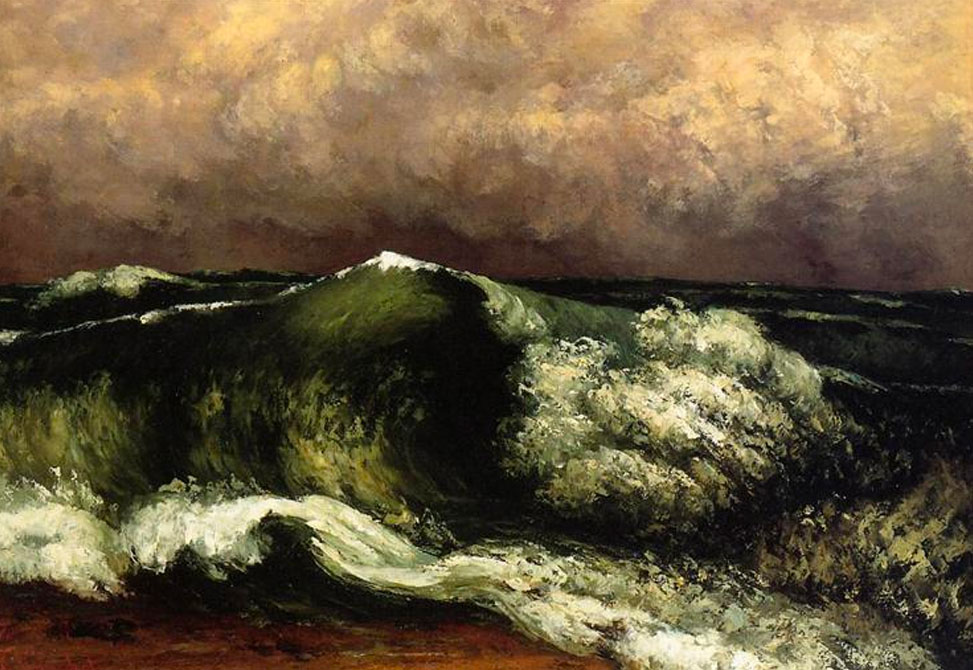
Complexes in general, and the power complex in particular, are not necessarily pathological. As Hillman suggested in Re-Visioning Psychology (1992), the process of soul-making, and by extension, the process of individuation, necessitates manifestation of pathology. However, the moral imperative is to then work through said pathology towards the teleology of health and wholeness. Other theorists have elaborated extensively on the process of individuation as it pertains to the differentiation and assimilation of psychological functions (Von Franz, 1971//2013; Hillman, 1971/2013; Thomson, 1998; Beebe, 2004, 2005; Shumate, 2021). The process of individuation, especially conceived through a typological lens, can be viewed as the antithesis to the power complex and vice versa.
Jung defined the power complex as “the sum of all those strivings and ideas aiming at the acquisition of personal power” (1921/1971, ¶ 344). He added that such a possessed person seeks “to subordinate all other influences to the ego …, no matter whether these influences have their sources in people and objective conditions or in the subject’s own impulses, thoughts, and feelings” (¶ 782). In Kinds of Power: A Guide to Its Intelligent Use (1995), James Hillman discussed the precarious nature of power when he wrote that “power stands behind our fear of loss and desire for control; it seems to offer the ultimate rewards” (p. 2). Jung said that the power complex is not only an attempt by the ego to overpower other individuals, but it is also the ego’s attempt to subsume and “subordinate” all intrapsychic elements as well. The “ultimate rewards” indicated by Hillman are sought by the ego at the expense of the rest of the psyche. Jung described the effect on the psyche of such a situation as being like “a machine whose speed-regulation is so insensitive that it can continue to function to the point of self-injury” (1958/1969, ¶ 159). Even worse, he added, such an unregulated psyche “is subject to the arbitrary manipulations of a one-sided will” (¶ 159). One can therefore conceive of the power complex as not the necessary accessing of will and power that is essential for sustained life, but instead the specific instance whereby the “one-sided will” is like a rollercoaster whose speed has been increased to the maximum and the handle then broken off. Such a system is therefore “no longer a self-regulating system” and will continue thus until exhaustion or collapse.
Hillman’s observation that such strivings for power are related to fear of loss is consistent with my clinical experiences. Many clients enter treatment because their psyche is “failing” to accommodate itself to their one-sided will. They are cut off from the self-regulating functions of their unconscious and the resulting symptoms have induced so much suffering that they are forced to stop their plans, enter therapy, and work through the blockage. They seek help to better control and oppress these undesired natural consequences of the psyche; the power complex wants a better hold on the rest of the psyche. However, what they need instead is to reestablish dialogue between consciousness and the unconscious.
There are numerous clinical diagnoses that involve an over-activation of the power complex to some degree or another. However, one can generally identify the degree to which one is ensnared by the power complex either by the degree of narcissism, a seeking of interpersonal power and control, or the degree of anxiety, the result of seeking intrapersonal power and control. The power and control obsession of the power complex is a primary feature in pathology related to codependence, addiction, phobias, anxiety disorders, depression disorders, obsessive compulsive disorders, panic attacks, self-harm, and suicidal ideation. In some of these conditions, the power complex is more visible and explicit than in others. However, without the activation of the power complex, these issues would cease to exist as we know them or would be experienced with a significantly lower level of intensity.
Typological Individuation and the Transcendent Function
The power complex could be understood theoretically as a one-sided exaggeration of consciousness which results in a correspondingly emboldened compensation in the unconscious. This split is the conscious position’s response to the “unwelcome, unexpected, irrational contents, disregard or repression of which seems altogether understandable” (Jung, 1958/1969, ¶ 178). In typological terms, consciousness and the ego become over-identified with the superior function and relegate the inferior function to the unconscious. This unattended, unconscious inferior function is then free to cause problems or flip into the driver’s seat and completely take over. The dynamic can be understood to be a complete failure to constellate the tension of opposites which can produce the transcendent function, the creative dialogue between consciousness and the unconscious that generates a transformation within the psyche (Jung, 1958/1969). In this way, living out the power complex amounts to the exact opposite of the transcendent function and, thus, individuation as well.

“Take your well-disciplined strengths/ and stretch them between two/ opposing poles. Because inside human beings/ is where God learns.” (Rilke, 1924/1992, p. 236). In these lines, Rilke provided perhaps the best definition of the transcendent function ever written. In just a few words Rilke highlighted several essential aspects: differentiated opposing positions, the tension of opposites, and a transpersonal expression of the process of individuation. His phrase “well-disciplined strengths” recognizes that to generate the tension required to constellate the transcendent function, both sides of the opposition need to be strong enough to hold their perspective. Without this strength and rooted differentiation, as soon as tension from the stronger begins, the weaker will simply collapse without any transcendence emerging.
According to Jung, “there is not balance, no system of self-regulation, without opposition” (1917/1953, ¶ 92). Jung stated that when the unconscious makes its position known to consciousness, either through symbols or symptoms, “the question arises as to how the ego will relate to this position, and how the ego and the unconscious are to come to terms” (1958/1969, ¶ 181). He indicated that this is “the bringing together of opposites for the production of a third: the transcendent function” (¶ 181). He added:
“It is exactly as if a dialogue were taking place between two human beings with equal rights, each of whom gives the other credit for a valid argument and considers it worth while to modify the conflicting standpoints by means of thorough comparison and discussion or else to distinguish them clearly from one another.” (Jung, 1958/1969, ¶ 186)
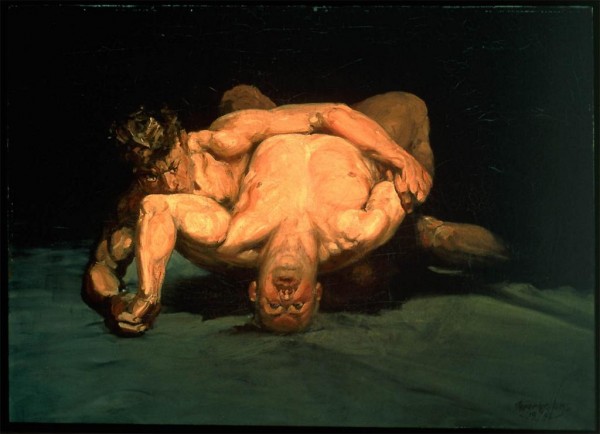
The Critical Role of the Auxiliary Function
In typological terms, there exist many pairings in one’s matrix of functions, some complementary and collaborative, some more characterized by opposition. One of these oppositions is that between the superior function and the inferior function, and in fact, to successfully facilitate this connection constitutes one of the goals of the individuation process in typological terms. The top four functions, including the stubbornly implicated inferior function, comprise the complete conscious personality. In her discussion of the inferior function, Marie-Louise von Franz highlighted that while this function is one of the most numinous and potent functions to draw from, it is notoriously difficult to integrate. In her description of type development, she acknowledged that one cannot start with attempting to integrate the inferior function: “The inferior function cannot be assimilated within the structure of the conscious attitude; it is too deeply implicated in and contaminated by the unconscious” (1971/2013, p. 78). Jung himself also warned that the unwary therapist might be inclined to go straight for an integration of the inferior function when beginning treatment with a patient because it is the feature of the psyche that is most clearly in the shadow (Jung, 1921/1971). He wrote,
Such an attempt is foredoomed to failure, because it involves too great a violation of the conscious standpoint. … The approach to the unconscious and to the most repressed function is disclosed, … with adequate protection of the conscious standpoint, when the way of development proceeds via the auxiliary function. (Jung, 1921/1971, ¶ 670)
The implication of what Jung and Von Franz said is that the first stop on the train towards typological individuation is development first of the auxiliary and tertiary functions prior to approaching the inferior successfully.
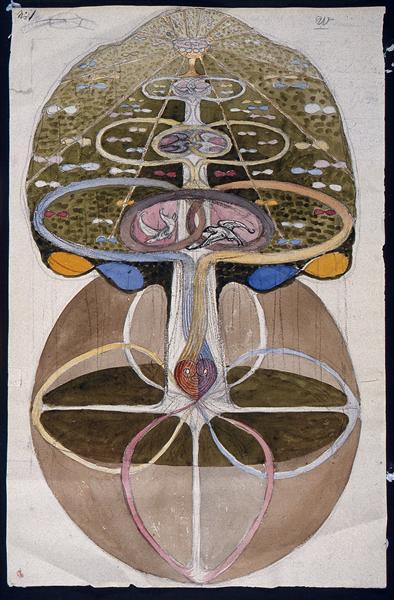
Von Franz also stated that it is essential to develop one’s auxiliary functions (2nd and 3rd) prior to working with the inferior function. She described these undeveloped auxiliary functions as “open doors” to the unconscious and that “in a person who has only developed one superior function, the two auxiliary functions will operate in the same way as the inferior function” (Von Franz, 1971/2013, p. 72). To this end, the transcendent function as a dialogue between positions in the conscious and unconscious is required for the development of all of the functions following the development of the superior. However, von Franz was very clear that the ultimate manifestation of the transcendent function, and thus individuation, results from the tension held between the three-function-fortified position of consciousness and the inferior function’s unique position. Jung’s position is consonant with this in that he emphasized that one cannot start the process of individuation by first attending to the inferior function; one must begin with the auxiliary functions to sufficiently buttress the conscious position to encounter the inferior in a successful manner (1921/1971, ¶ 670). Jung emphasized that “the confrontation with the unconscious must be a many-sided one, for the transcendent function is not a partial process running a conditioned course; it is a total and integral event in which all aspects are, or should be, included” (1958/1969, ¶ 183). Von Franz cautioned that premature engagement with the inferior function will not bring it into greater consciousness but will, in fact, drag the conscious position down to a “completely primitive level” (1971/2013, p. 80). She emphasized the enormity of the transformation that results from engaging with the inferior function, as opposed to the prerequisite integration of the auxiliary functions, when she stated that “when it comes up, it eats the rest of the personality” and that this results in “a total psychic life phenomenon, no longer a function!” (p. 79).
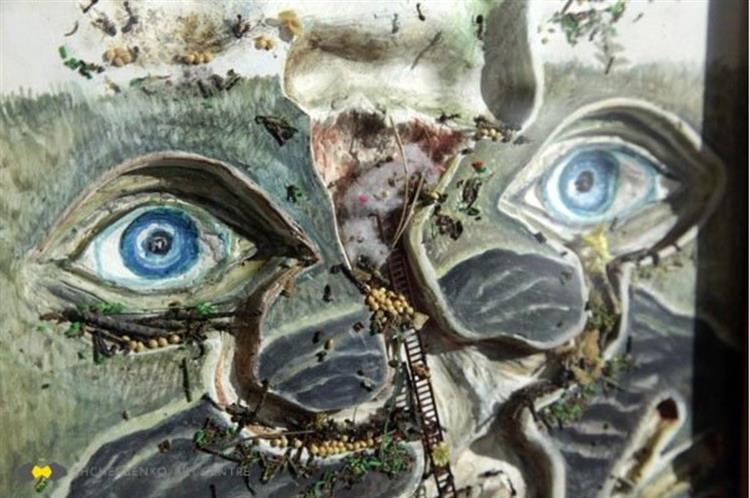
This is precisely where one can see the mutually exclusive nature of enacting the power complex and the process of individuation. Von Franz wrote, “if one tries too hard, the fourth function will pull ego-consciousness down to a completely primitive level” (1971/2013, pp. 80). Von Franz was highlighting the fact that the ego will feel threatened and out of control—essentially disempowered—in this process. Thus when the ego is inflated through an activation of the power complex, it will not be able to endure the deeply challenging process described by von Franz.
Von Franz explained how difficult and challenging it is to assimilate one’s auxiliary functions (2nd and 3rd), “pulled up both from the unconscious,” even prior to the ultimate challenge of the inferior function (1971/2013, p. 80). She wrote “One must not forget that the assimilation of these functions is such a difficult task that people generally spend a very long time at it. Sometimes people actually become a certain type, which was not their original type, for eight or ten years” (p.77). She emphasized that “to assimilate a function means to live with that one function in the foreground. … Assimilation means that the whole adaptation of conscious life, for a while, lies on that one function” (p. 77).
Jung recognized that “the demands of society compel a man to apply himself first and foremost to the differentiation of the function with which he is best equipped by nature, or which will secure him the greatest social success” (1921/1971, ¶ 763), but some individuals are so insulated from society’s demands and consequences as to delay the development of preferences. In my work with clients, I have found that some enter therapy even prior to the stage of auxiliary integration described by von Franz in that they do not even strongly identify with the superior function. However, I can often perceive the burgeoning type within them, and in such cases I can use Jung’s active imagination technique to help them develop their natural preferences.
A Case of an Undeveloped Auxiliary Function: ENFP
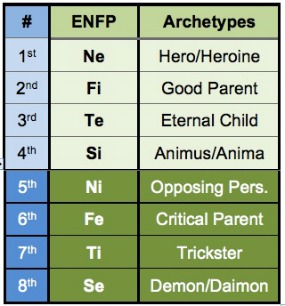
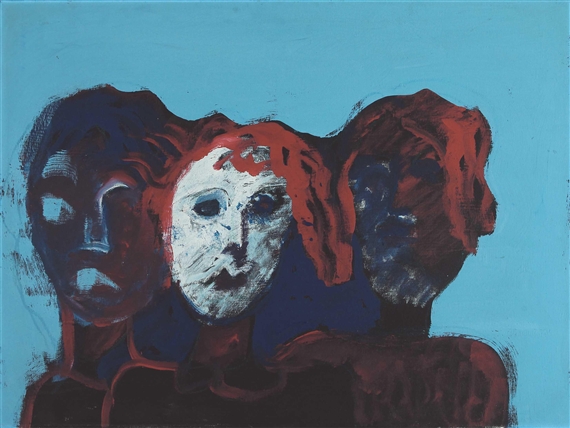
By recognizing the partial personalities of each function-attitude, one can implement techniques such as active imagination to reestablish a successful dialogue between the conscious and unconscious positions (Beebe, 2005). Active imagination can even act as a therapist’s gauge to levels of individuation. If a client is unable or unwilling to constellate the tension of opposites, either interpersonally or intrapersonally, then it is likely that he or she is caught in the grip of the power complex and the therapist should pause and reevaluate the current approach or situation.
A Case of an Undeveloped Inferior Function: ESTJ
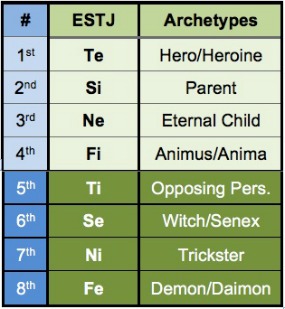
The active imagination session in question came well into therapy work where she was exploring specific phobias related to medical needles and blood draws. The AI work began with the client identifying that when she focused on the fear sensations related to a blood draw, the image arose of her head being uncomfortably filled with ichor, the blood of the gods. Upon questioning, she identified this as the blood of Hestia. While exploring how Hestia’s blood ended up in her head, she told a story of Hestia being attacked with a knife on Mount Olympus and dying as a result of her wounds. She identified the murderer only as “a rando,” or a random person. We amplified this character with further AI exploration and the client described him as neither tall nor short, with no intentions of any kind, with no money, no job, and no home, one who simply wandered the world doing whatever impulsive thing arose. The “rando” exemplified the spontaneity of a perceiving function. I asked her how she might have been able to prevent Hestia’s death had she been there, and she said that simply her presence would prevent the “rando” from even approaching Hestia or Mount Olympus entirely. Following this change in events, the client then sat down next to Hestia, who was seated near a hearth and fire, and they both began knitting together. Knitting and crocheting were in fact a favorite activity of the client. When Hestia finished the project she was making, she placed it ritualistically on the hearth as a simple decorative offering. The client described feeling at peace and soothed by her encounter with Hestia. The uncomfortable ichor remained in her head and upon questioning said that the only way for it to be returned to Hestia would be if she laid in the sun and let it simply evaporate.
During subsequent discussion of these images, it was clear that Hestia and this honoring ritual was a way to deepen the client’s connection with her inferior introverted feeling function through this loving gesture of honoring the goddess and the nurturing, supportive feminine. Her dominant extraverted thinking (Te) always wanted rules and explanations, while this simple act of adornment was without practical justification. We also discussed how Hestia as goddess of hearth and home is a great image representing the inner at-home-ness that the introverted feeling function can instill, and which the client struggled to obtain in her waking life. I amplified the “rando” figure for the client by relating him to the main character of Camus’s The Stranger (1954) as an image of the meaningless nihilism that is so prevalent in this modern age. I made the connection for the client between this nondescript character and the void left by having no connection to one’s inner feeling function—the absence of which would allow Hestia’s murder. Further reflection suggested that this figure could also relate to the client’s unconscious extraverted sensing (Se) function in the highly defensive sixth position—an out-of-control perceiving function who acted impulsively rather than with the extreme control of someone under the spell of the power complex. It was not necessary for the client to recognize or even like this character or the function it represented; it was sufficient to allow its presence in the active imagination to restore some balance.
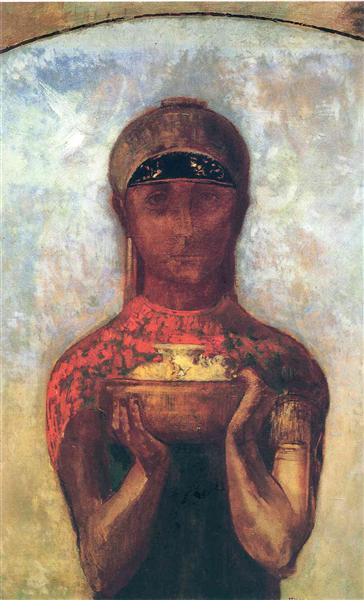
Releasing the grip of the power complex relates to this active imagination work on several levels. On the level of the symptom being addressed, the client hated the vulnerability and the lack of power she experienced during medical procedures. On the level of typological development, the client often sought to use the one-sided extraverted thinking function to establish rules that could protect her from the actions of others or the vagaries of any given situation. By allowing a relativizing of this superior function, the client was able to find an empowering ritual that offered no thinking, logic, or reason but which nurtured the feeling connection to inner and outer home. Furthermore, the act of engaging in AI by itself was a release of the power and control that pure conscious reasoning provides.
Active imagination offers itself as a viable and substantial means of embodying and forwarding a typologically articulated process of individuation, and of dealing with the power complex. In his writing, Beebe discussed how the psyche personifies the function-attitudes in dreams and images in part because they themselves are partial personalities and represent the interactions that constitute the self-regulating dynamic of the whole (Beebe, 2004). This can be done in ways that activate specific images presented through dreams or other AI material. It can also be done by using techniques of AI to generate personifications of specific functions and their relationships or personify the whole typological matrix in one large, dynamic image. Rather than this being a means by which the ego can seek to subjugate and control the less accessible functions and overtake the unconscious, this process provides the opportunity for the ego to relinquish its power complex and open itself to the influences and mutually fruitful dialogues with the unconscious. What Jung said about the meeting of people is true of functions too: “When a reaction takes place, both are transformed” (1933, p. 49).
References
Alinsky, S. D. (1971). Rules for radicals: A practical primer for realistic radicals. Vintage Books.
Beebe, J. (2004). Understanding consciousness through the theory of psychological types. In J. Cambray, & L. Carter (Eds.), Analytical psychology: Contemporary perspectives in Jungian analysis (pp. 83-115). Brunner-Routledge.
Beebe, J. (2005). Evolving the eight-function model. Association for Psychological Type Bulletin, Winter, 2005, 34-39. (Reprint 2006, Australian Psychological Type Review 8(1), 39-43.
Camus, A. (1954). The stranger (S. Gilbert, Trans). Vintage Books.
Hillman, J. The feeling function. In M.-L. von Franz, & J. Hillman (Eds.), Lectures on Jung’s Typology (pp. 73–150).
Hillman, J. (1992). Re-Visioning psychology. Harper Perennial.
Hillman, J. (1995). Kinds of power: A guide to its intelligent uses. Currency Doubleday.
Jung, C. G. (1933). Modern man in search of a soul. Harvest.
Jung, C. G. (1953). On the psychology of the unconscious (R. F. C. Hull, Trans.). In H. Read et al. (Eds.), The collected works of C. G. Jung (Vol. 7, 2nd ed.). Princeton University Press. (Original work published 1917)
Jung, C. G. (1954). The development of personality (R. F. C. Hull, Trans.). In H. Read et al. (Eds.), The collected works of C. G. Jung (Vol. 17, 2nd ed.). Princeton University Press. (Original work published 1934)
Jung, C. G. (1968). Archetypes of the collective unconscious (R. F. C. Hull, Trans.). In H. Read et al. (Eds.), The collected works of C. G. Jung: Vol. 9 pt. 1. Archetypes and the collective unconscious (2nd ed., pp. 3-41). Princeton University Press. (Original work published 1954)
Jung, C. G. (1969). The structure of the psyche (R. F. C. Hull, Trans.). In H. Read et al. (Eds.), The collected works of C. G. Jung (Vol. 8, 2nd ed.). Princeton University Press. (Original work published 1931)
Jung, C. G. (1969). The transcendent function (R. F. C. Hull, Trans.). In H. Read et al. (Eds.), The collected works of C. G. Jung (Vol. 8, 2nd ed.). Princeton University Press. (Original work published 1958)
Jung, C. G. (1971). Psychological types (R. F. C. Hull, Trans.). In H. Read et al. (Eds.), The collected works of C. G. Jung (Vol. 6, 2nd ed.). Princeton University Press. (Original work published 1921)
Myers, I. & Myers, P. B. (1980). Gifts differing: Understanding personality type. CPP, Inc.
Rilke, R. M. (1992). Just as the winged energy of delight. In R. Bly, J. Hillman & M. Meade (Eds.), The rag and bone shop of the heart (p. 236). Harper Perennial.
Shumate, C. (2021). Projection and personality development via the eight-function model. Routledge.
Thomson, L. (1998). Personality type: An owner’s manual. Shambhala Publications, Inc.
von Franz, M.-L. (2013). The inferior function. In M.-L. von Franz, & J. Hillman (Eds.), Lectures on Jung’s typology (pp. 1–72). Spring Publications. (Original work published 1971)
Images
Af Klint, H. (n.d.). Untitled. Retrieved from wikiart.org
Courbet, G. (1869). The wave. Retrieved from wikiart.org
Festa, T. (1986). Penelope. Retrieved from wikiart.org
Isupov, I. (2012). Botany. Chemistry. Physics. Retrieved from wikiart.org
Luks, G. (1905). The wrestlers. Retrieved from wikiart.org
Magritte, R. (1948). Memory. Retrieved from wikiart.org
Redon, O. (1890). The cup of mystery. Retrieved from wikiart.org


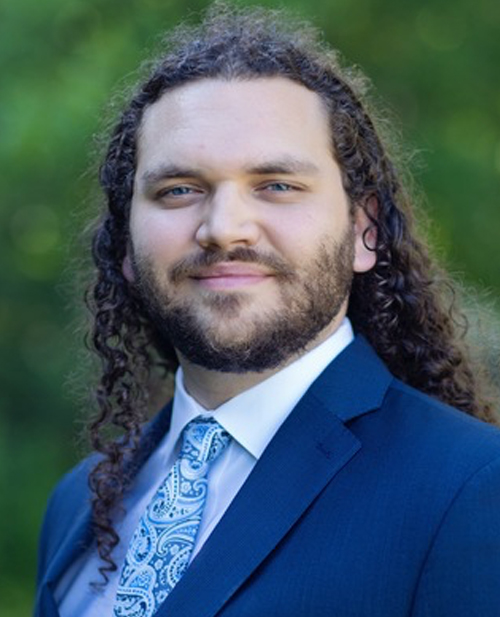
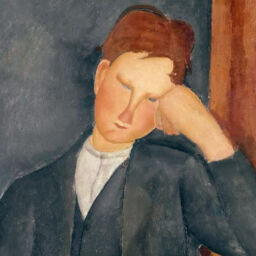

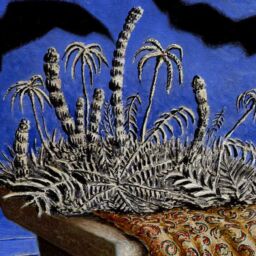

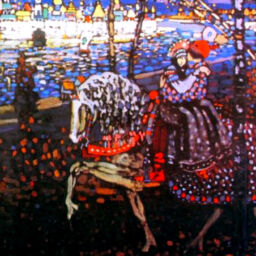

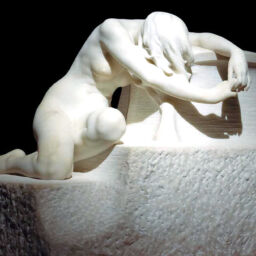

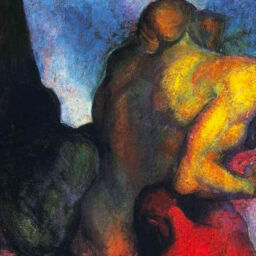
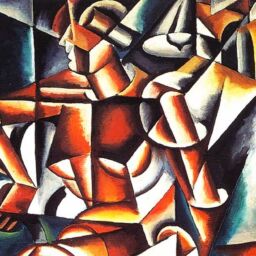
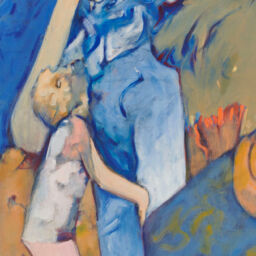
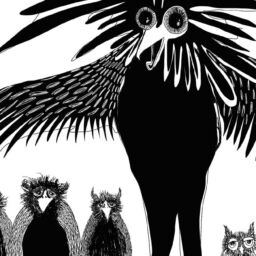
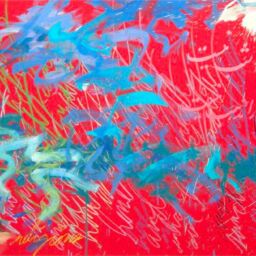

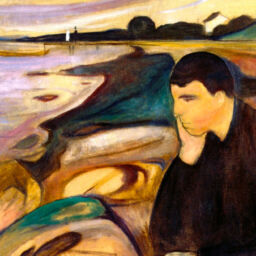
This was a really good read.
Appreciate you clearing up the precise phrasing of Sir John Dalberg-Acton’s quote. I’m sure many of us Jungians have used it in the tweaked version rather than the original 🙂
The image of the rolled up bedsheet tug of war as an aid to giving birth is so extraordinary! Reading that part was as good as seeing a great painting.